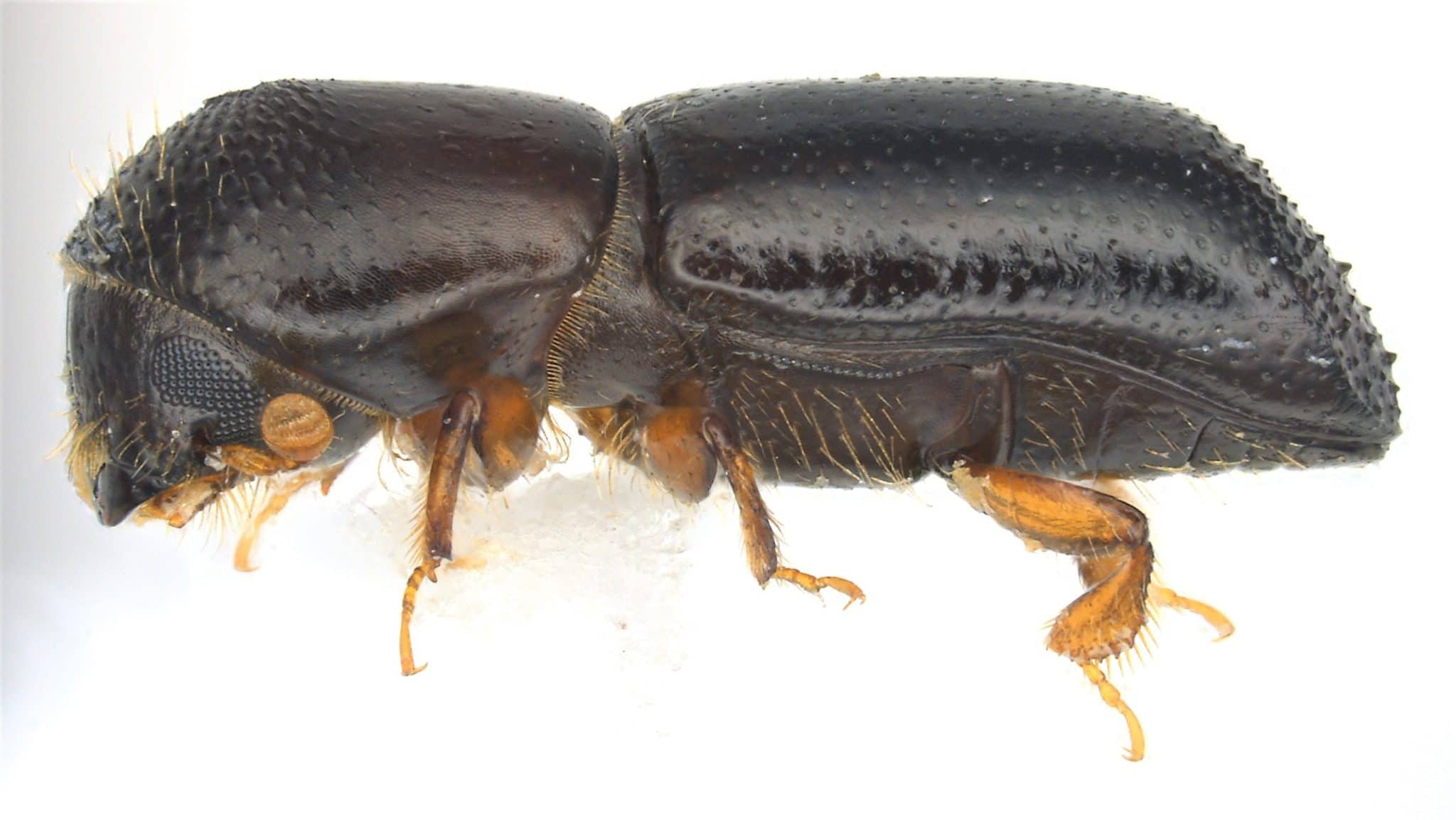Answering why is the redbay ambrosia beetle an invasive species of concern is because they can cause death towards different woody plants. If death isn’t the immediate problem, these beetles can still damage the plants’ limbs and stems. They are also especially concerning in different states across the United States because several species are not native.
Gardeners must know how to keep bugs out of the greenhouse to ensure the crops’ health and productivity. And while your plants may not be vulnerable to the redbay ambrosia beetle, it will help to know how to control them should the problem arise. You will distinguish these dark, bullet-shaped beetles by their snout, so be on your greenhouse lookout.

Why Is The Redbay Ambrosia Beetle An Invasive Species Of Concern And How To Manage Them
Why are redbay ambrosia beetles concerning?
You have probably seen different articles where states have mentioned the concern about redbay ambrosia beetles. For example, in Maryland, this insect has even become the so-called “invader” of the month because of how fast it spreads and the number of plants that could get infected. But what is the effect of redbay ambrosia beetles towards plants?
Fungus vector
One of the main concerns with redbay ambrosia beetles is that they are vectors of Raffaelea Lauricella, a vascular fungus that can damage and kill plants in a short period. It causes laurel wilt, which affects the vascular system of trees. Over time, you’ll notice leaves’ wilting, and the trees can even die within weeks or months.
The redbay ambrosia beetles become concerning because states have seen significant damage and decrease in the affected plants’ population like redbay trees. States like Florida and South Carolina have increased redbay mortality within a short period. And what makes these beetles effective vectors is that their flight alone allows the transfer of fungus successfully.
The good news with using a greenhouse is that the structure efficiently protects plants from invasive species like redbay ambrosia beetles. With diligence in cleanliness and sanitation, you won’t run the risk of carrying these insects indoors. Sadly, some areas experienced economic concerns in crops like avocados because of these beetles.
The spread of redbay ambrosia beetles in states where it’s a non-native insect is due to the introducing of wooden crates and pallets from southeast Asia. Failure to treat these materials is one reason why places like Georgia have identified this non-native species. Later on, this article will discuss how to manage these pests further.
What are the effects and signs of redbay ambrosia beetles infection?
You can immediately notice that a plant or tree is infected by these beetles, not only by the tunnels but also by looking for their excretions. These feeding beetles will leave sawdust toothpicks on the trunks and branches of the infected trees. Furthermore, you can check the trunk inside where the laurel wilt fungus has left a blue stain.
How to manage redbay ambrosia beetles?
As discussed earlier on, the spread of redbay ambrosia beetles is due to the arrival of infected wooden cargo. It doesn’t matter if the wood contains the beetles as adults or larvae because either type can cause infection. And besides wooden paraphernalia and packing materials, redbay ambrosia beetles are also transferable from firewood, smoke wood, wood chips, and tree trimmings.
Places should also avoid taking wood from the beetle’s native environment, such as southeast Asia and states with many redbay and sassafras host plants. These states include Florida, Georgia, Louisiana, Mississippi, South Carolina, and Texas in the US. Therefore, preventing the spread of redbay ambrosia beetles is deductible into avoiding wood transport from native environments.
Instead, infected trees should be mulched and left on sight. Sadly, there is no cure if a plant already gets infected by laurel wilt. Besides avoiding wood transport, the other management practices for redbay ambrosia beetles are limited to chipping and burning infested trees.
Can you treat infested trees infested with redbay ambrosia beetles?
Is there a chemical treatment that you can use for infected plants? The University of Florida is developing possible products. However, there are no other methods besides prevention that you can do for managing redbay ambrosia beetles at the moment.
It takes a long time to develop a chemical treatment for these pests because it can be impractical as the adult beetles bore into the trees. Instead, you should maintain your trees’ health and prevent them from experiencing stress due to the weather, temperature, and nutrient deficiencies. Manuka oil and Phoebe oil are also known baits to monitor the population of the beetles.
Conclusion
Using a greenhouse makes it easier for gardeners to maintain practices that’ll prevent the infestation of bugs. However, if you live in one of its native states, you must know why is the redbay ambrosia beetle an invasive species of concern. In general, the redbay ambrosia beetles are problematic since they are vectors of the disease laurel wilt.
This can cause the wilting of leaves and even death to trees that has affected the avocado industry. Therefore, you must avoid introducing potentially infected wooden materials to your land. And if you have detected the beetles, mulch the infected trees.
While there is no chemical treatment available for infected trees, management practices for preventing infestation will be effective against redbay ambrosia beetles. Additionally, be responsible and do the recommended methods for the infested trees once you detect them.
